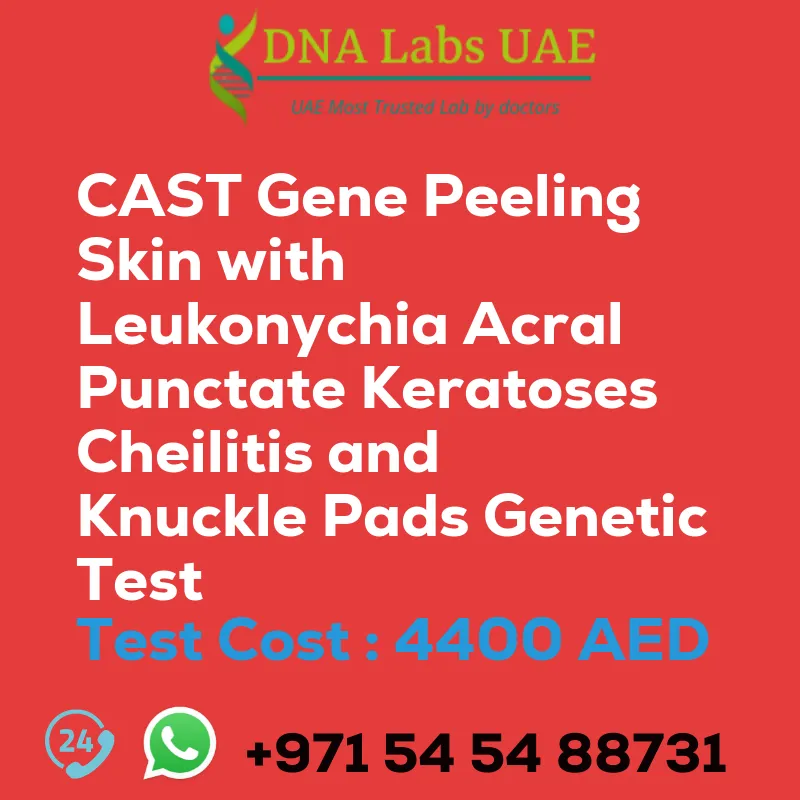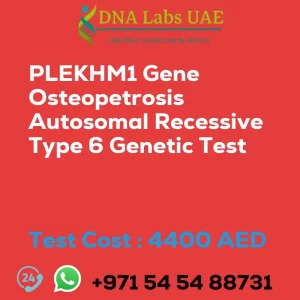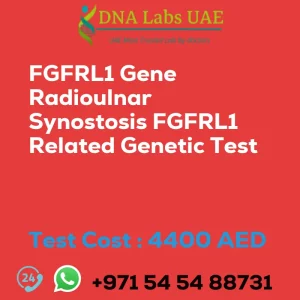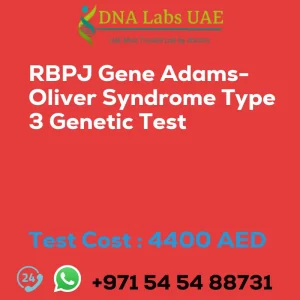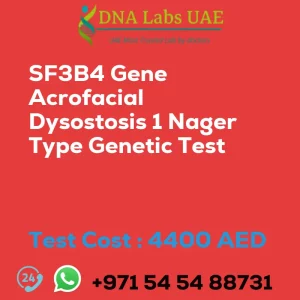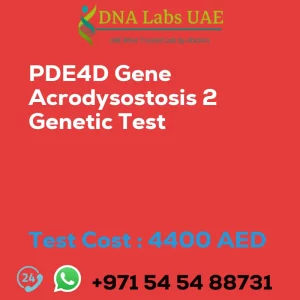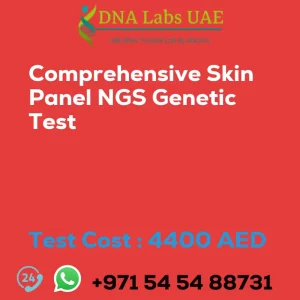CAST Gene Peeling skin with leukonychia acral punctate keratoses cheilitis and knuckle pads Genetic Test
Test Details
The NGS genetic test is a Next-Generation Sequencing test that can be used to identify genetic variations in an individual’s DNA. In the case of Gene Peeling, this test can be used to identify any potential genetic mutations or variations that may be causing the observed symptoms, including leukonychia (white spots on the nails), acral punctate keratoses (small, rough bumps on the palms and soles), cheilitis (inflammation of the lips), and knuckle pads (thickened skin on the knuckles).
By analyzing Gene Peeling’s DNA, the NGS test can screen for a wide range of genetic mutations and variations that may be associated with the observed symptoms. This can include known genetic disorders or syndromes that present with similar symptoms, as well as identifying any novel genetic variations that may be specific to Gene Peeling’s case.
The results of the NGS genetic test can help healthcare professionals in diagnosing Gene Peeling’s condition and developing an appropriate treatment plan. It can also provide valuable information about the underlying genetic causes of the symptoms, which can be useful for understanding the disease mechanism and potentially developing targeted therapies in the future.
Test Name
CAST Gene Peeling skin with leukonychia acral punctate keratoses cheilitis and knuckle pads Genetic Test
Components
Price: 4400.0 AED
Sample Condition
Blood or Extracted DNA or One drop Blood on FTA Card
Report Delivery
3 to 4 Weeks
Method
NGS Technology
Test Type
Osteology Dermatology Immunology Disorders
Doctor
Dermatologist
Test Department
Genetics
Pre Test Information
Clinical History of Patient who is going for CAST Gene Peeling skin with leukonychia, acral punctate keratoses, cheilitis, and knuckle pads NGS Genetic DNA Test. A Genetic Counselling session to draw a pedigree chart of family members affected with CAST Gene Peeling skin with leukonychia, acral punctate keratoses, cheilitis, and knuckle pads NGS Genetic DNA Test gene CAST
| Test Name | CAST Gene Peeling skin with leukonychia acral punctate keratoses cheilitis and knuckle pads Genetic Test |
|---|---|
| Components | |
| Price | 4400.0 AED |
| Sample Condition | Blood or Extracted DNA or One drop Blood on FTA Card |
| Report Delivery | 3 to 4 Weeks |
| Method | NGS Technology |
| Test type | Osteology Dermatology Immunology Disorders |
| Doctor | Dermatologist |
| Test Department: | Genetics |
| Pre Test Information | Clinical History of Patient who is going for CAST Gene Peeling skin with leukonychia, acral punctate keratoses, cheilitis, and knuckle pads NGS Genetic DNA Test. A Genetic Counselling session to draw a pedigree chart of family members affected with CAST Gene Peeling skin with leukonychia, acral punctate keratoses, cheilitis, and knuckle pads NGS Genetic DNA Test gene CAST |
| Test Details |
The NGS genetic test is a Next-Generation Sequencing test that can be used to identify genetic variations in an individual’s DNA. In the case of Gene Peeling, this test can be used to identify any potential genetic mutations or variations that may be causing the observed symptoms, including leukonychia (white spots on the nails), acral punctate keratoses (small, rough bumps on the palms and soles), cheilitis (inflammation of the lips), and knuckle pads (thickened skin on the knuckles). By analyzing Gene Peeling’s DNA, the NGS test can screen for a wide range of genetic mutations and variations that may be associated with the observed symptoms. This can include known genetic disorders or syndromes that present with similar symptoms, as well as identifying any novel genetic variations that may be specific to Gene Peeling’s case. The results of the NGS genetic test can help healthcare professionals in diagnosing Gene Peeling’s condition and developing an appropriate treatment plan. It can also provide valuable information about the underlying genetic causes of the symptoms, which can be useful for understanding the disease mechanism and potentially developing targeted therapies in the future. |

